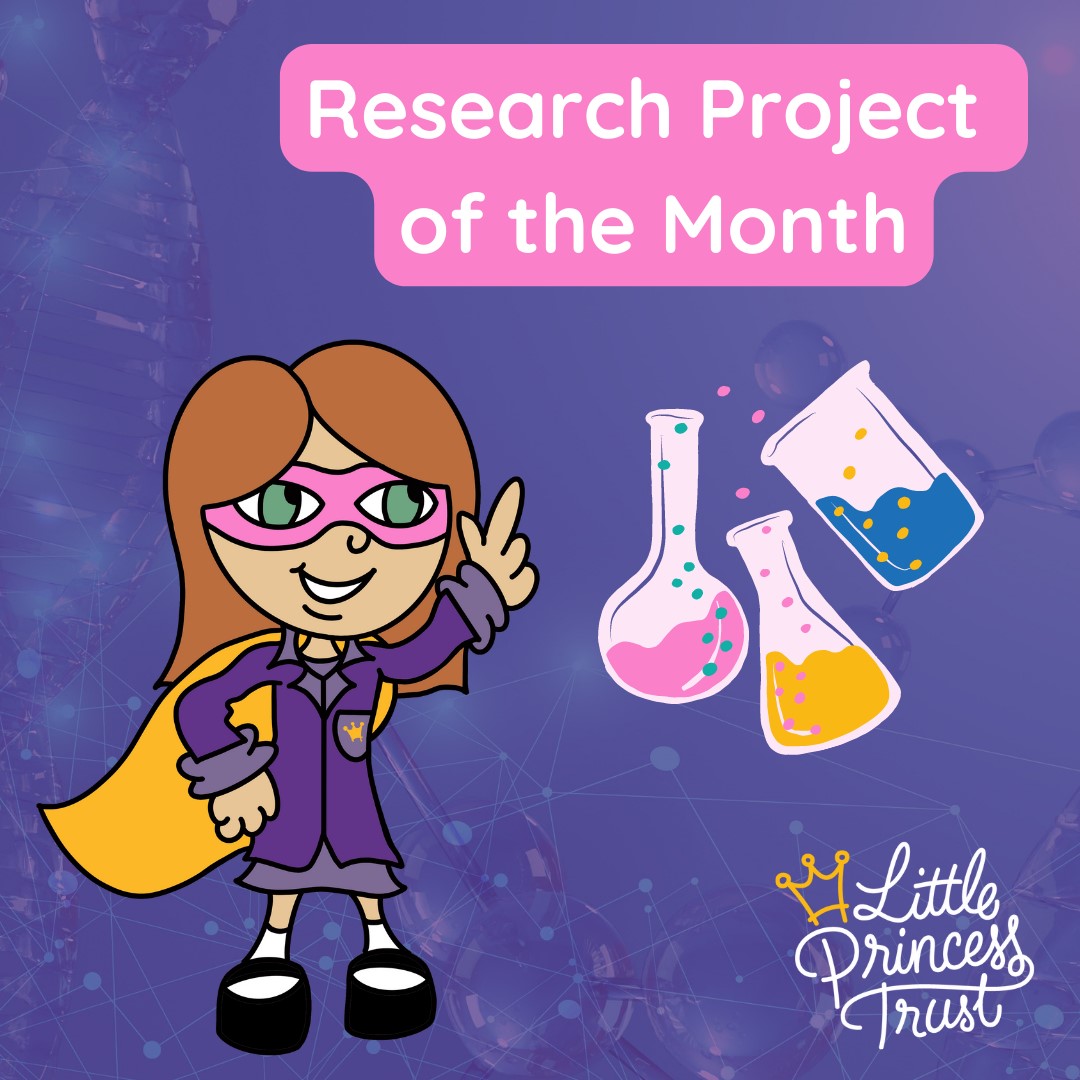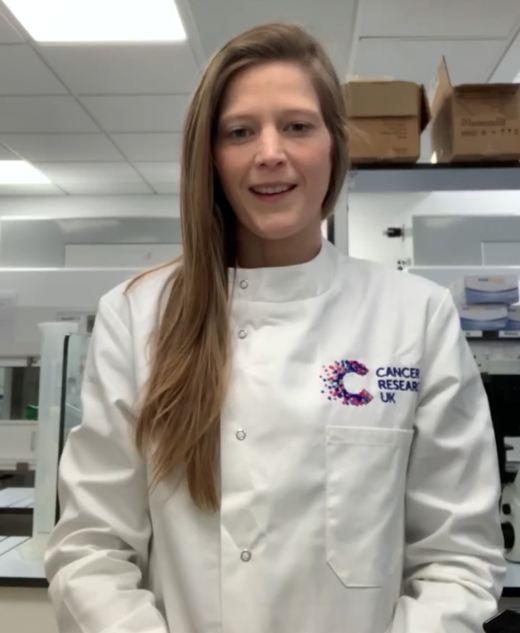Little Princess Trust News
Is there such a thing as ‘junk DNA’?

Understanding of cells could help diagnose cancer more effectively
Your body is made up of cells, which make up everything from your skin to your brain.
Inside these cells lives your genetic code which tells the cell how to behave, what to do, and how to make new cells.
This set of instructions, also called DNA, is essential and contains a huge amount of information. When there are certain errors in your DNA it can lead to cancer.
Therefore, understanding what DNA says and what it does is a really important part of childhood cancer research.
The Human Genome Project was a 13-year-long piece of research which aimed to read all of one human’s DNA, called a genome. In 2003, they announced that they had an ‘essentially complete’ record of the human genome.
However, there were some areas missing which contained repetitive areas of code. At the time, the technology at the time wasn’t good enough to sequence them and scientists didn’t think these bits did very much – even calling these areas ‘junk DNA’.
Now, we know better and have the technology to read these areas of DNA. It turns out that these repetitive areas, are important when cells copy themselves.
This means that errors in these areas could be important in cancer development. These repetitive areas of DNA were sequenced in 2021, but the technology was very expensive, and just one sequence can’t show the variation in repetitive areas between people.

Dr Sarra Ryan has developed a way to compare how different these variable regions are between different childhood cancer patients without using such expensive methods.
Funded by The Little Princess Trust, she is investigating over 2,000 patient cancer samples to see what changes they have, and what those changes mean for the patient’s cancer.
She has just finished the first year of her project and has developed computer libraries of ‘k-mers’, tiny bits of repeating DNA, found in cancer cell DNA.
These libraries can show how the variable regions which contain k-mers differ in length between patients.
Sarra’s team have used the libraries to look at some leukaemia patients’ DNA, and found that there is variations between subgroups of patients.
The next stage will involve lots more childhood cancer patient samples.
If the team can compare the amounts of variation in someone’s variable DNA regions to their cancer journey, for example whether the patient’s cancer came back after treatment, they could discover whether different amounts of variation are linked to the severity of that cancer.
Sarra hopes that her work will improve our understanding of how cancer develops, which could help to diagnose cancer more effectively or treat patients more successfully in the future.



